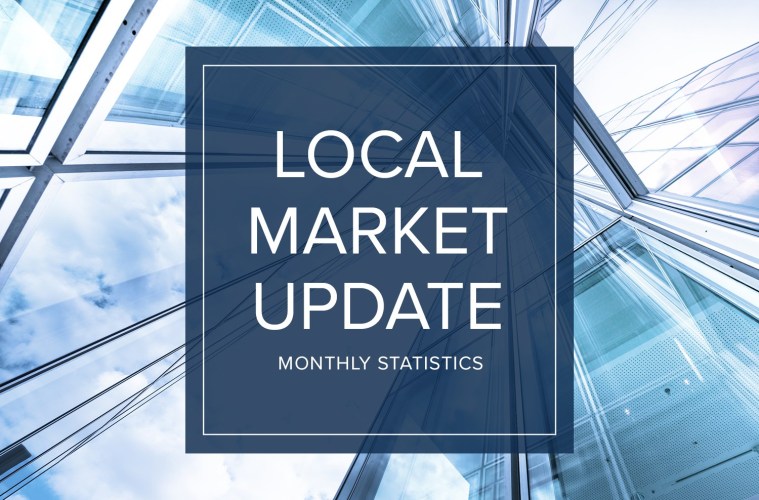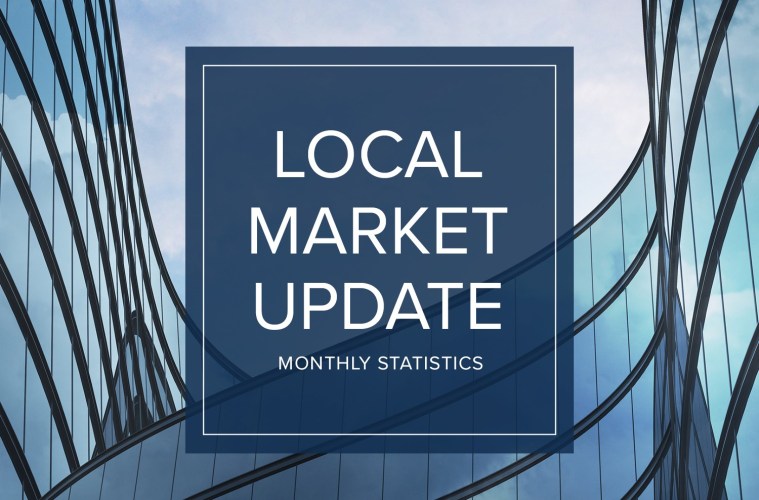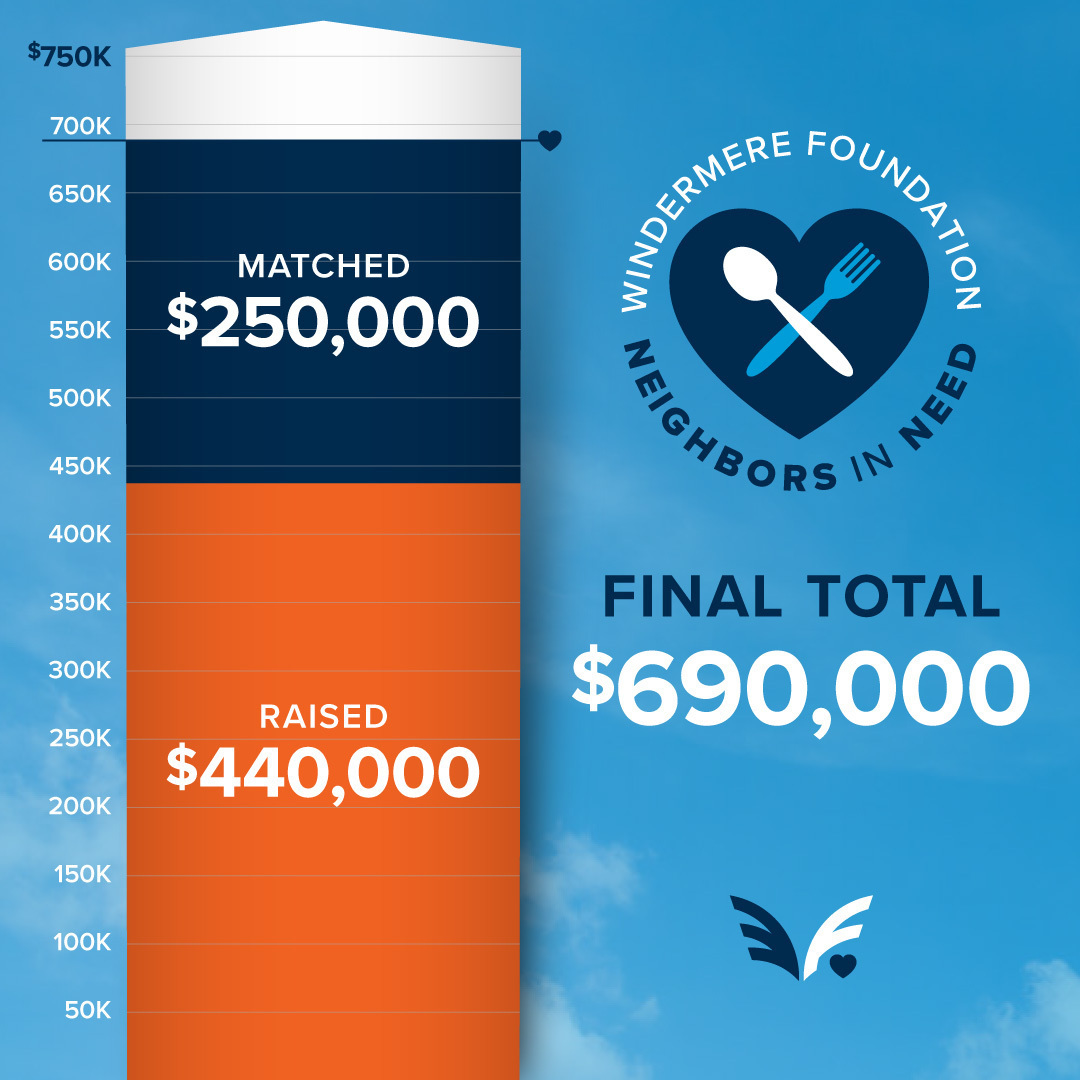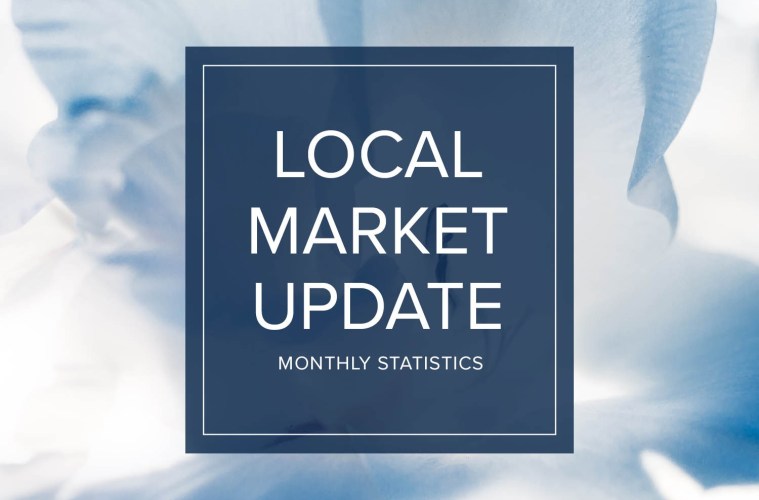As King County enters Phase 2 of reopening, residential real estate services providers must follow a strict set of rules. These control how brokers may conduct business inside and outside their offices and homes for sale (listings).
Windermere has developed protocols for reopening that meet or exceed all of the state requirements. From the beginning of the shutdown, we have lived by the mantra “Go slow, do no harm.” This philosophy remains firmly in place during the current reopening phase.
Staying Safe: Inside a Listing
Pete Richmond, owner of Windermere’s Greenwood office, discussed how brokers and their vendors must follow strict guidelines when inside a listed home. “For safety reasons, we can’t allow more than three people – including ourselves – inside a listing at once,” Richmond said. He noted that all visitors must observe social distancing guidelines and that all activities inside a listing must take place by appointment only. “So we can’t host open houses, other than by virtual means like live-streaming,” he added.
During Phase 2, brokers and their vendors must wear face coverings at all times when inside a listing. Richmond pointed out that Windermere brokers are encouraged to provide masks, gloves, booties and hand sanitizer to each vendor or client entering a listing.
“Normally we’re required to leave a business card in every home we preview,” Richmond said, explaining that this obligation has been suspended during COVID-19. “We’re also no longer traveling in the same car as clients or colleagues,” he added.
Staying Safe: In the Office
Windermere offices in King County have moved to reopen and are operating under a strict set of guidelines that brokers and staff must follow.
Deanne Wilson, co-owner of Windermere East Inc., and Laura Smith, co-owner of Windermere Co., used the state’s Safe Start guide to establish a reopening plan for their 12 offices. “We’re doing everything possible to keep everyone safe by following the protocols established by the state,” Wilson said.
Windermere’s reopened offices have implemented numerous rules, including restrictions on the amount of people allowed inside at any one time. While staff are permitted in the office to perform essential functions, employees rotate between being onsite and working from home. Total occupancy may not exceed 50% during Phase 2. Visitors must have appointments to enter the office and must limit visits to 30 minutes.
Brokers and staff must observe social distancing at all times. They also must wear face coverings when entering and leaving the office, while in common areas, and whenever not working alone. Windermere kitchens are closed, office entry is required through the primary entrance only, and smaller conference rooms where social distancing is not possible have been closed.
Windermere offices are providing masks, gloves and hand sanitizer to brokers, staff, and the limited number of guests who enter. Many offices have installed sneeze guards to protect front office personnel. They have also installed sanitizing stations at entry points and in common areas. “We’ve even rearranged furniture to encourage social distancing,” Wilson said.
 Facebook
Facebook
 X
X
 Pinterest
Pinterest
 Copy Link
Copy Link






 This speedometer reflects the state of the region’s real estate market using housing inventory, price gains, home sales, interest rates, and larger economic factors.
This speedometer reflects the state of the region’s real estate market using housing inventory, price gains, home sales, interest rates, and larger economic factors. As Chief Economist for Windermere Real Estate, Matthew Gardner is responsible for analyzing and interpreting economic data and its impact on the real estate market on both a local and national level. Matthew has over 30 years of professional experience both in the U.S. and U.K.
As Chief Economist for Windermere Real Estate, Matthew Gardner is responsible for analyzing and interpreting economic data and its impact on the real estate market on both a local and national level. Matthew has over 30 years of professional experience both in the U.S. and U.K.



















